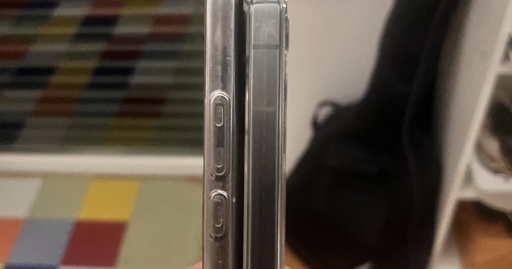geteilt von: https://lemmy.ml/post/38682476
(translated) Everyone has a phone. Whether it’s an iPhone, where you can’t install a better YouTube Music client without ads, or an Android, where you have pre-installed apps from three different manufacturers plus ads for new phones popping up as notifications. Anyone who reads my articles regularly knows what I’m talking about. Today, after a very long time, we’re going to review a phone from Google, on which I installed GrapheneOS.
Use the translator in the sidebar to translate the page.



Yes and this is indeed the target population of GrapheneOS, people with extremely high security needs. And that’s great. But my point is that such efforts come with compromises and in the case of GrapheneOS it has led to a reduced level of user friendliness for regular normal users. Which is fine, it’s all just choices. Because of those choices, GrapheneOS is not the best option in terms of deGoogling, others are better. Again this ok, you can never do everything at the same time
What compromise are you doing with GrapheneOS+Google services that you aren’t making with microG? In my experience the sandboxed version of Play Services works much better than MicroG, with the added security of using an android native service developed by Google themselves.
You can argue “MicroG isn’t Google” but it actually is since it’s just a bunch of Google libraries with some FOSS costing on top. And again, you’re more likely to get your phone remotely hacked by a silly exploit that was patched months ago but still got you because instead of GrapheneOS you decided to use some other security-void like Calyx, LineageOS or /e/OS.